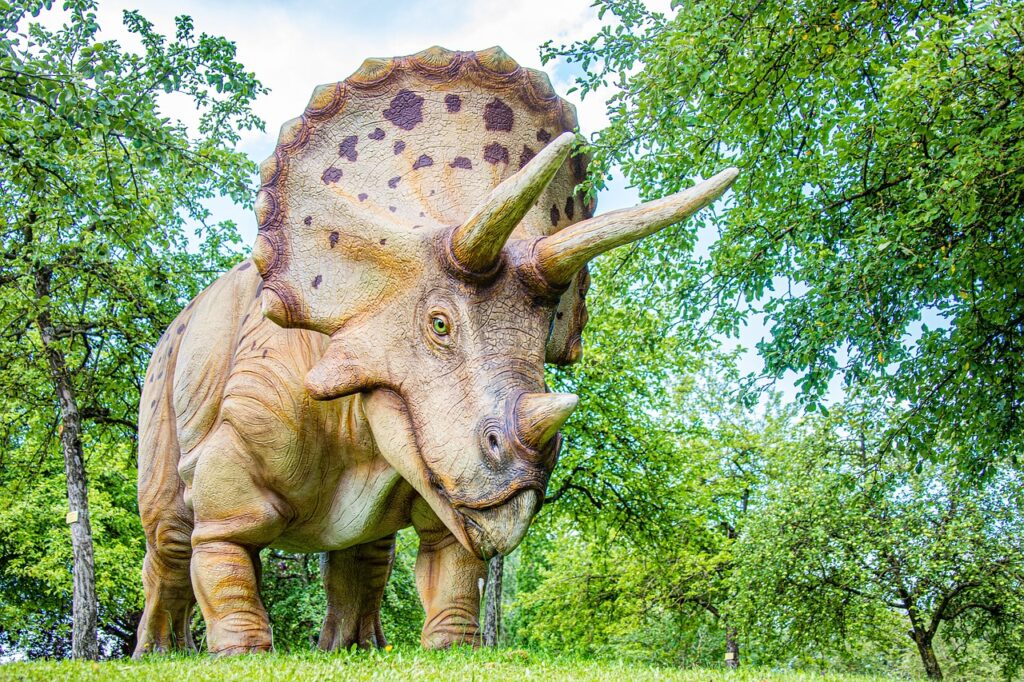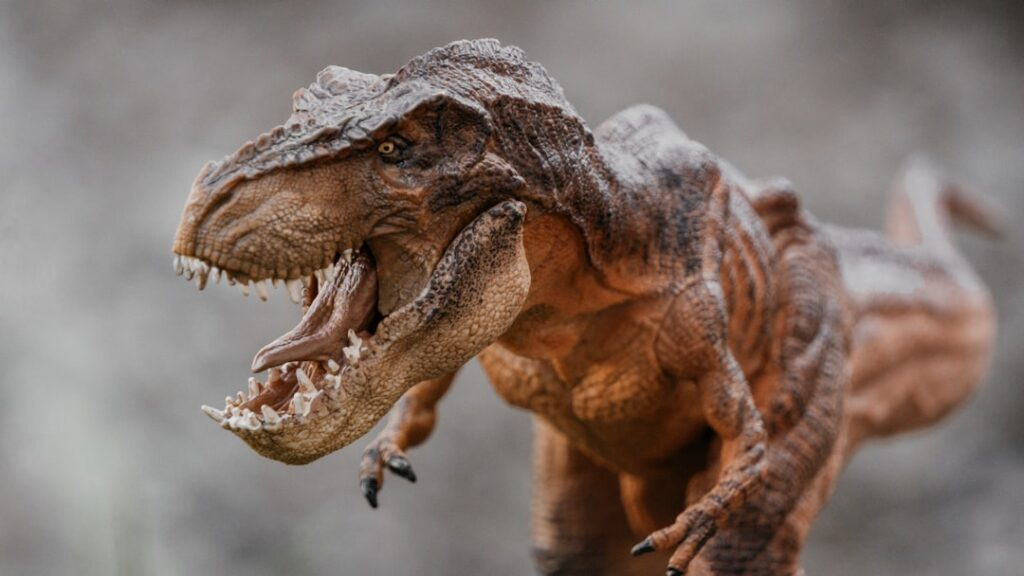Picture yourself walking through the ancient forests of Period, roughly one hundred million years ago. The ground trembles beneath your feet as massive creatures move through the prehistoric landscape like living mountains. These weren’t the fearsome predators that usually capture our imagination, though. Instead, they were gentle giants whose entire existence revolved around one simple task: eating plants.
Period witnessed an incredible explosion of herbivorous dinosaur diversity. From colossal long-necked titans that could strip entire treetops bare to heavily armored tanks that munched on ground-level vegetation, this era produced some of the most magnificent plant-eaters ever to walk the Earth. These creatures developed extraordinary adaptations to process tough vegetation, from specialized teeth that could slice through the toughest leaves to massive digestive systems that could break down enormous quantities of plant matter every single day.
So let’s dive into the remarkable world of these prehistoric herbivores and discover how they ruled their ancient kingdoms.
Argentinosaurus – The Colossal Titan
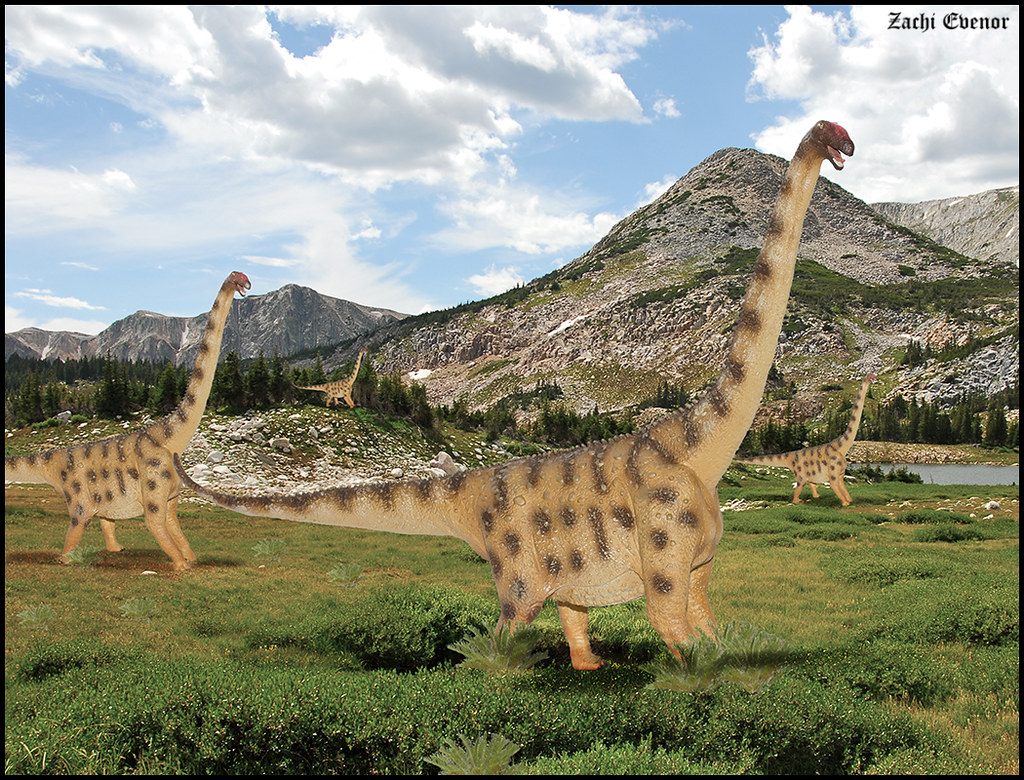
When discussing Cretaceous giants, Argentinosaurus stands as perhaps the most massive land animal that ever existed, measuring 30-40 meters long and weighing between 60-124 tonnes. This South American colossus lived around 97-93.5 million years ago during the Late Cretaceous, turning vast quantities of vegetation into the fuel needed to sustain its incredible bulk.
Its long neck allowed it to reach vegetation that would have been inaccessible to other herbivores, giving it a significant advantage. The sheer scale of Argentinosaurus required it to consume massive amounts of plant material daily, likely spending most of its waking hours feeding to maintain its enormous body mass.
Patagotitan – The Patagonian Powerhouse
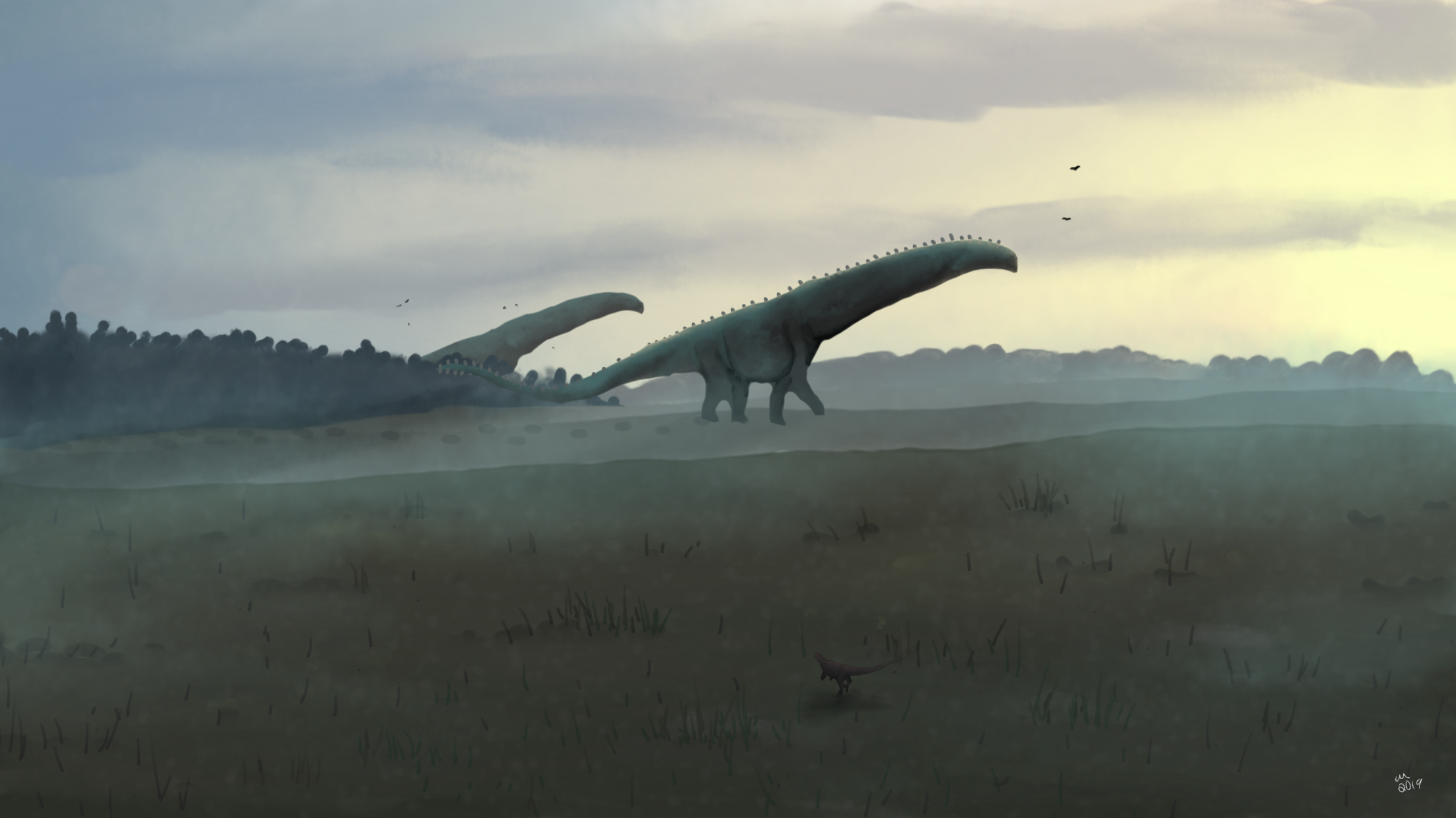
Patagotitan mayorum, weighing around 70 tons, lived in the forests of today’s Patagonia about 100 to 95 million years ago during the Late Cretaceous period. This massive titanosaur weighed 76 tons according to researchers – equivalent to 10 African elephants – and stretched 122 feet long while standing almost 20 feet high.
What made Patagotitan particularly fascinating was its forest habitat. Scientists believe they were slow-moving animals who found it difficult to get up, walk around or run, but they got so big because there was abundant food for the dinosaurs to eat. Their massive size was both their greatest asset and their biggest limitation.
Triceratops – The Three-Horned Defender
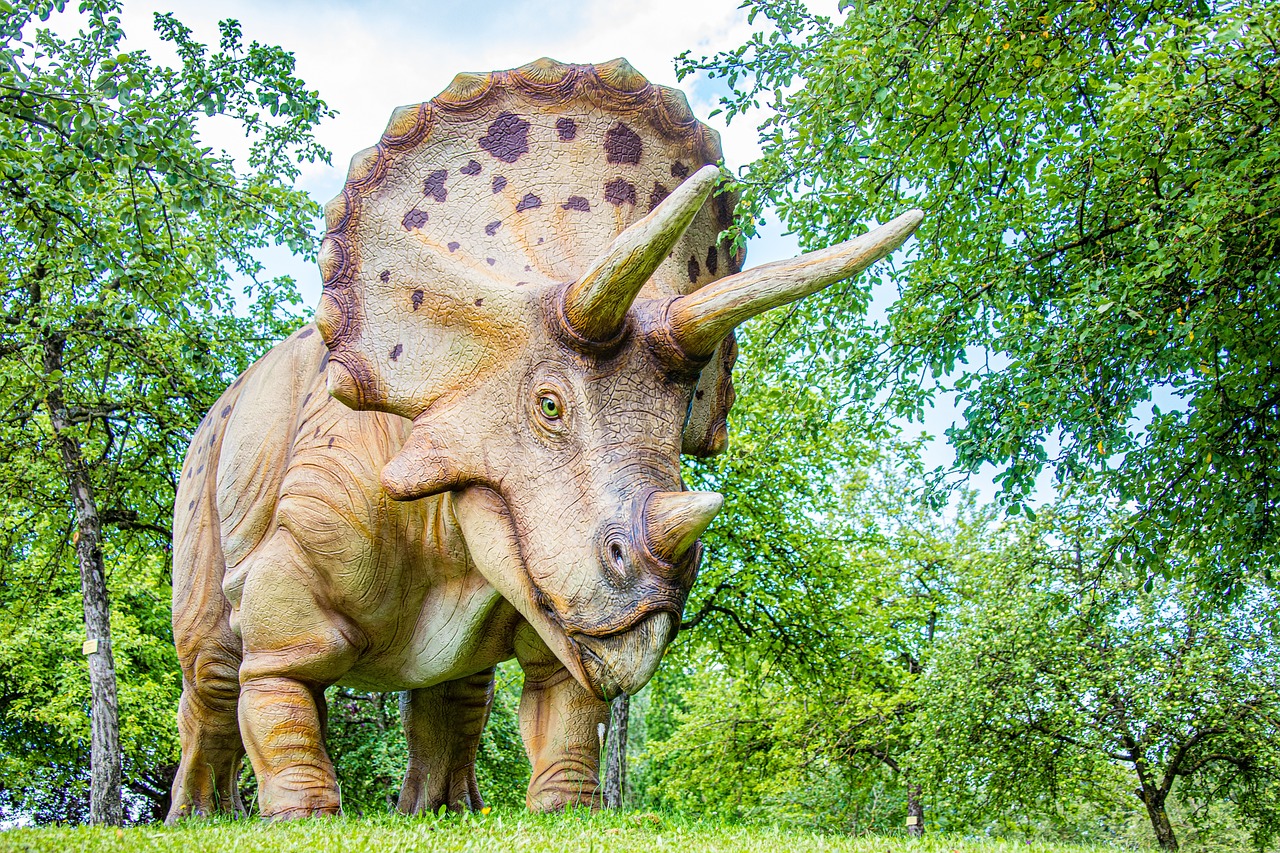
Triceratops is by far the best-known ceratopsian to the general public, with the last ceratopsian species, Triceratops prorsus, becoming extinct during –Paleogene extinction event 66 million years ago. Its skull, making up nearly a third of its total body length, was one of the most formidable natural defenses of any plant-eating dinosaur, with brow horns reaching up to a meter long.
Triceratops is thought to have been able to eat both low-growing and higher vegetation, feeding on ferns and cycads, and some scientists think it may have used its horned head and large body to bring down trees such as palms or small conifers to eat the leaves. This versatile feeding strategy made it one of the most successful herbivores of its time.
Parasaurolophus – The Resonating Herbivore
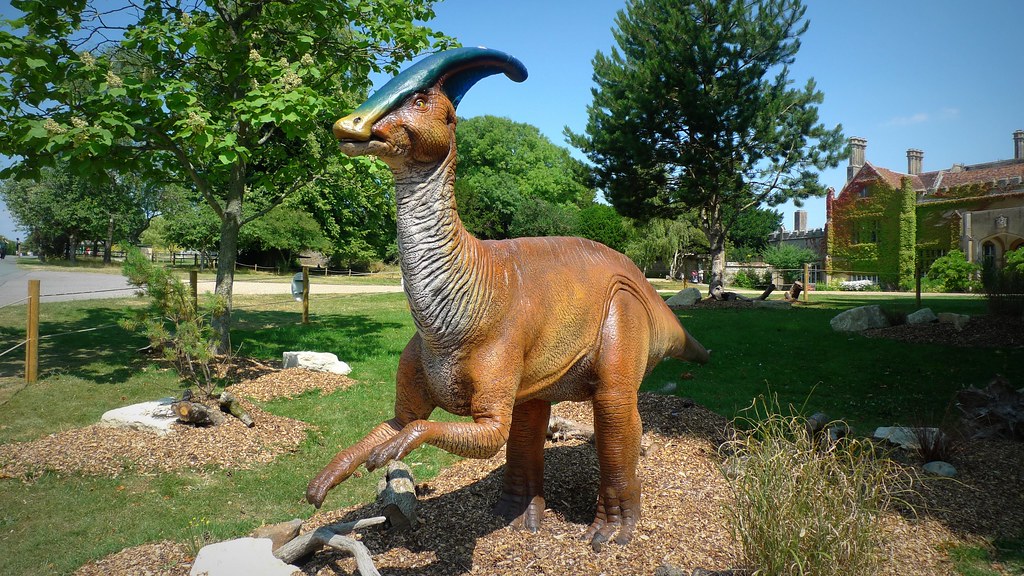
The parasaurolophus name translates to “near crested lizard,” and this dinosaur lived in the late Cretaceous era, approximately 76-73 million years ago. Like iguanodons, they were capable of walking on all four limbs or standing on their hind legs to reach food, measuring 15 feet tall, 33 feet long, and weighing three to four tons.
Parasaurolophus migrated across North America, feasting on plants and trees in forests, swamps, and marshes, traveling in herds to protect themselves from predators and living alongside other herbivores in peace. Paleontologists speculate their head crest served as a means of communicating with herd members, releasing low-frequency sounds similar to elephants and whales.
Ankylosaurus – The Living Tank
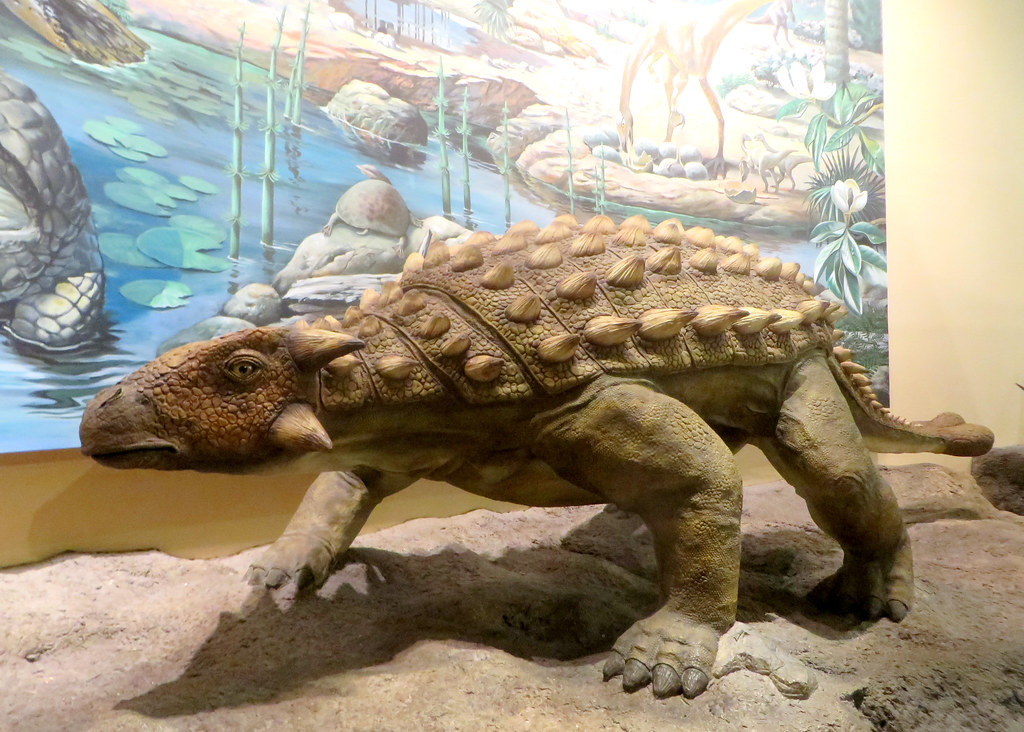
Ankylosaurus magniventris, translating to “fused lizard,” lived during the late Cretaceous era, 68-66 million years ago. This Late Cretaceous dinosaur lived in what is now North America, and being one of the shorter dinosaurs, it grazed on plants that grew low to the ground, eating ferns, shrubs and even fruit.
Ankylosaurus would have needed to eat about 60kg of food a day – around the same as a modern elephant. This armored dinosaur could smash hip bones with a swing from its tail, making it both a formidable defender and an efficient low-level grazer.
Edmontosaurus – The Arctic Survivor
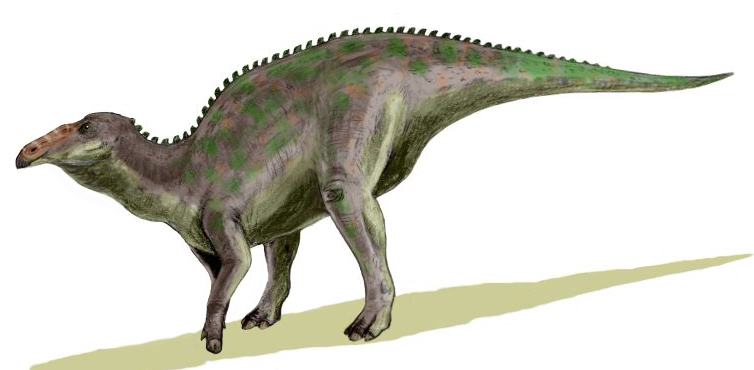
Characterized by having a beak-like snout, short arms, yet a very long pointed tail, the Edmontosaurus lived during the late Cretaceous period up to the late Mesozoic era. This remarkable hadrosaur represents one of the most successful plant-eating dinosaurs of the late Cretaceous, with an incredibly wide distribution.
Dakota, an Edmontosaurus found in the Hell Creek Formation, was naturally mummified before fossilization, such that its skin and underlying muscle tissue has been preserved. This exceptional preservation has given scientists unprecedented insights into the anatomy and lifestyle of these arctic-dwelling herbivores.
Maiasaura – The Good Mother Herbivore
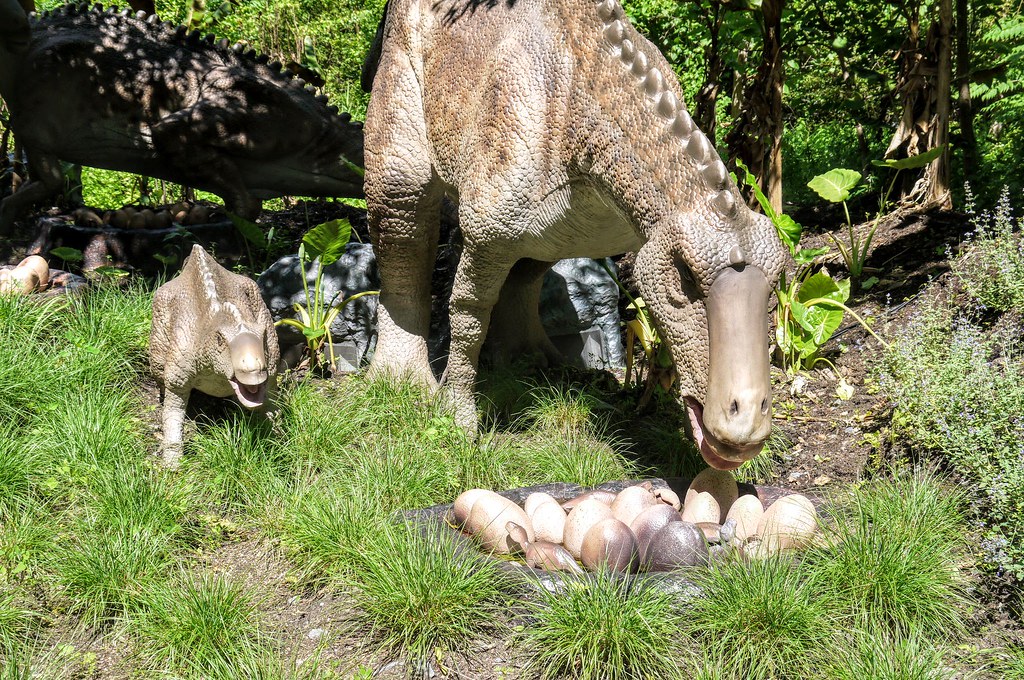
Maiasaura was a Late Cretaceous dinosaur from a group of duck-billed animals known as hadrosaurs, with its diet consisting of fibrous plants, rotting wood, tree bark, leaves and flowering plants. This dinosaur earned its name, meaning “good mother lizard,” due to evidence of extensive parental care.
All that chewing wore through a lot of teeth – Maiasaura had hundreds of them that were constantly replaced as each set wore down. This incredible dental system allowed them to process the toughest vegetation, making them highly successful herbivores in their Late Cretaceous ecosystems.
Dreadnoughtus – The Fearless Colossus
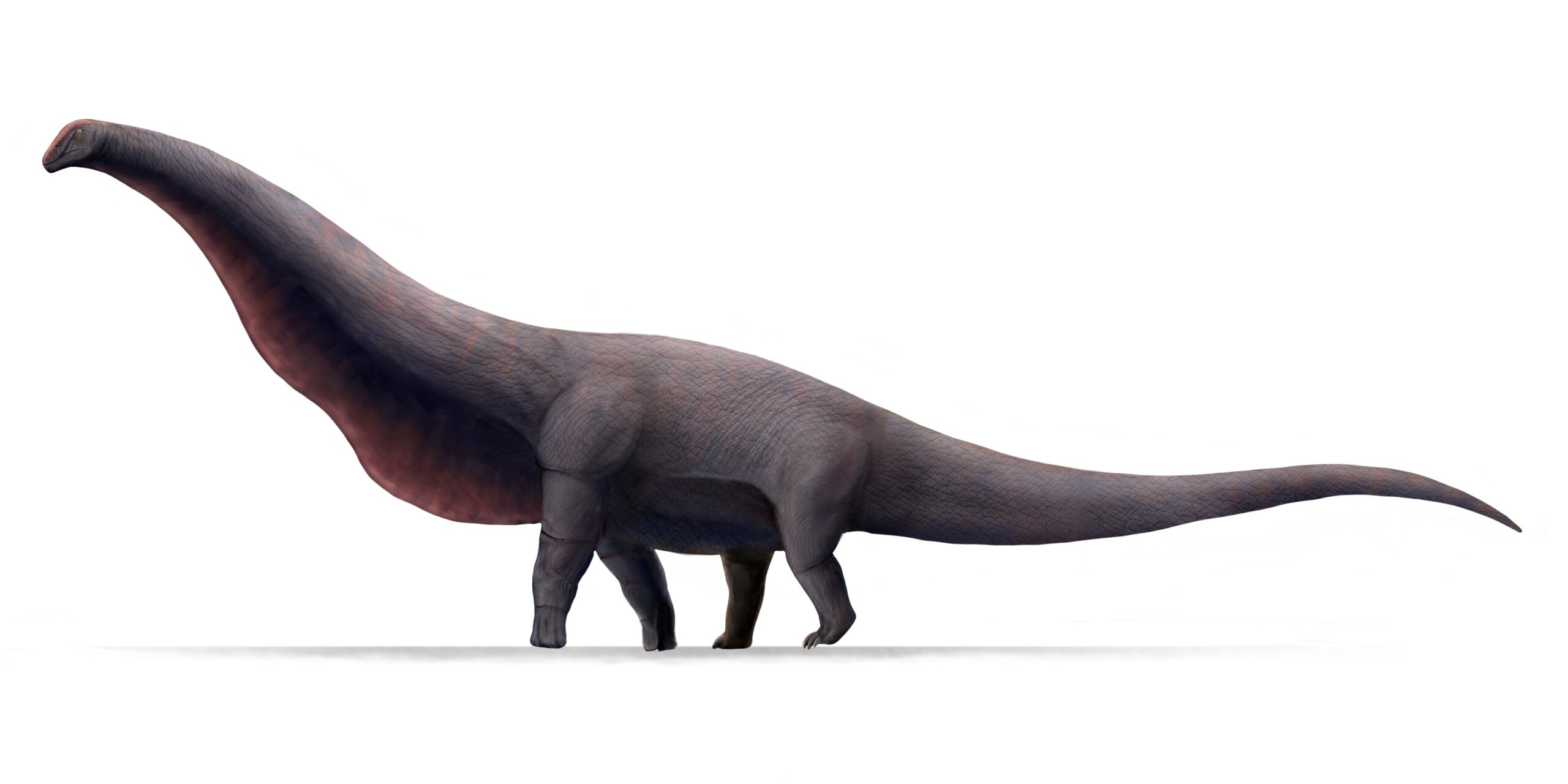
Dreadnoughtus schrani, from Upper Cretaceous sediments in southern Patagonia, Argentina, is represented by approximately 70% of the postcranial skeleton plus craniodental remains, making it the most complete giant titanosaur yet discovered. Despite its estimated mass of about 59.3 metric tons, the bone histology reveals that this individual was still growing at the time of death.
The name “Dreadnoughtus” means “fears nothing,” and for good reason. This massive herbivore would have had few, if any, predators capable of threatening a fully grown adult. Its incredible preservation has provided scientists with invaluable insights into the anatomy and growth patterns of these colossal plant-eaters.
Alamosaurus – The Northern Titan
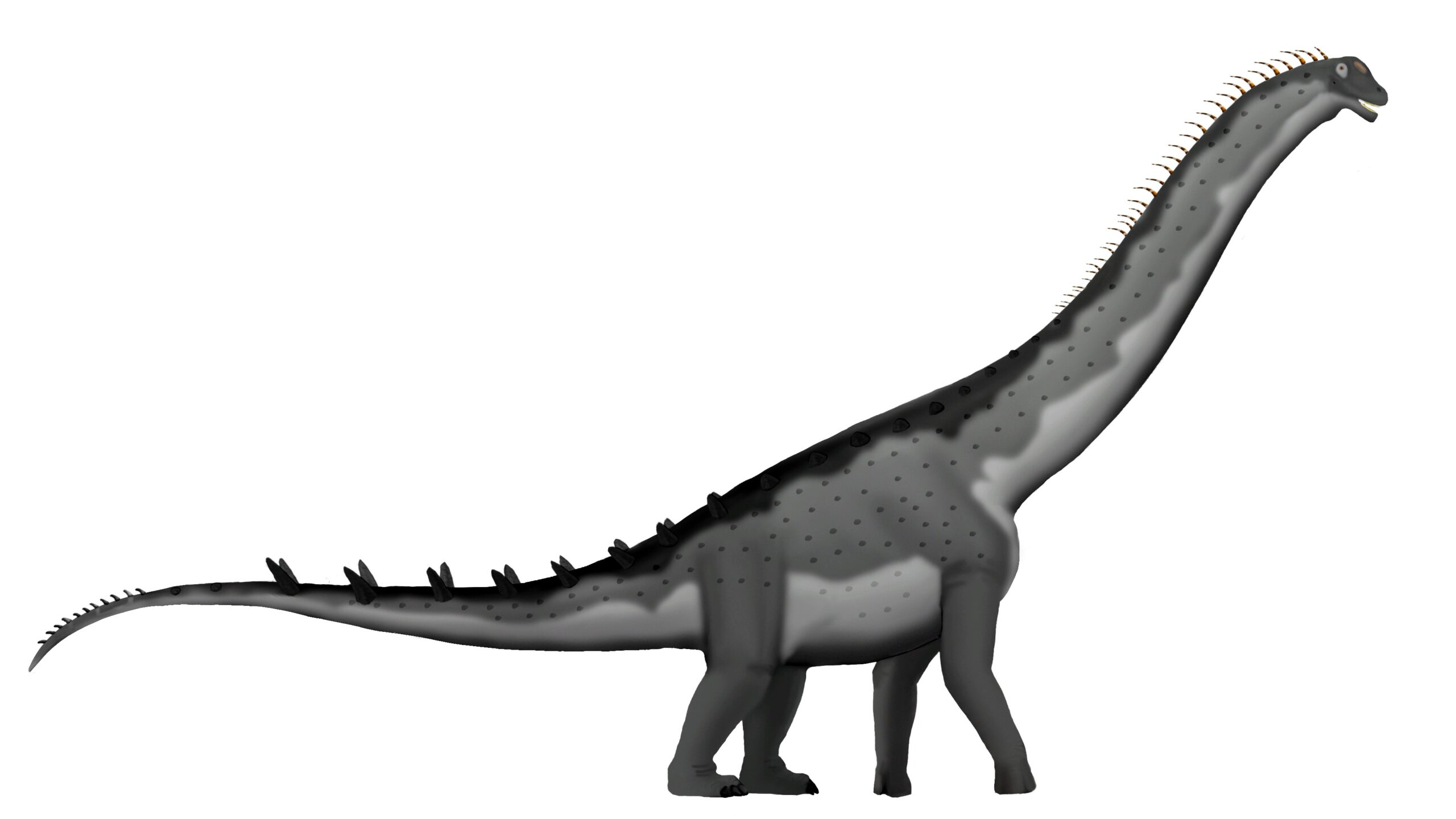
The most extensive Cretaceous dinosaur fossil record includes the giant sauropod Alamosaurus from Big Bend National Park, where there were tyrannosaurs, horned dinosaurs, hadrosaurs, and others. Alamosaurus represents one of the last great sauropods, thriving in North America near the very end of Period.
This titanosaur sauropod Alamosaurus lived during the latest Cretaceous, the Maastrichtian age, making it one of the final plant-eating giants before the great extinction. Its presence in Texas shows that massive herbivorous dinosaurs continued to dominate ecosystems right until the end of the dinosaur age.
Conclusion
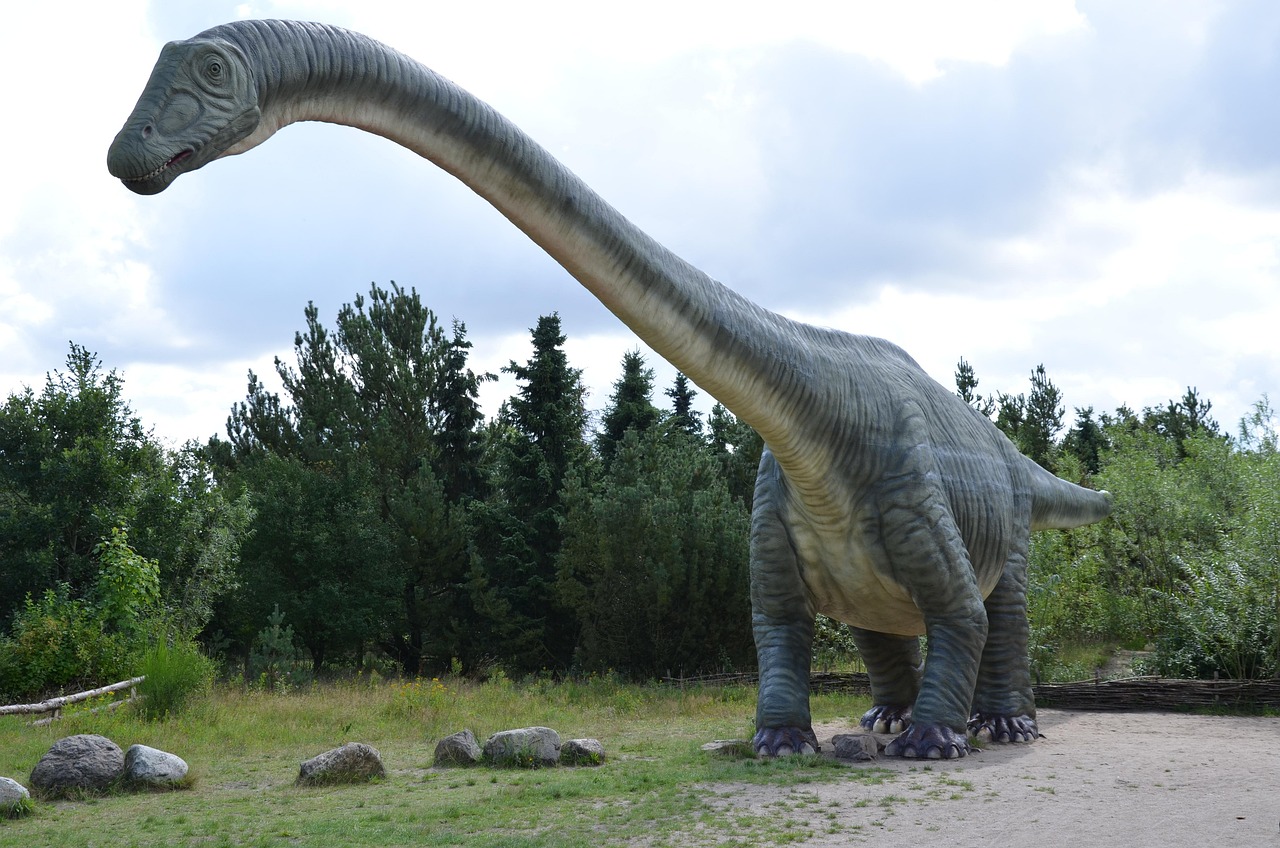
Period stands as a testament to the incredible diversity and success of herbivorous dinosaurs. These nine giants represent just a fraction of the plant-eating dinosaurs that dominated prehistoric landscapes for over 80 million years. From the colossal Argentinosaurus that could strip entire forests bare to the heavily armored Ankylosaurus that turned low-level browsing into an art form, each species developed unique adaptations to thrive in their respective environments.
What’s truly remarkable is how these creatures managed to reach such enormous sizes purely through plant consumption. Their sophisticated digestive systems, specialized teeth, and efficient feeding strategies allowed them to convert vast quantities of vegetation into the energy needed to sustain their massive bodies. They shaped entire ecosystems, influenced plant evolution, and left behind a fossil record that continues to amaze us today.
What do you think about these prehistoric plant-eating powerhouses? Tell us in the comments.

